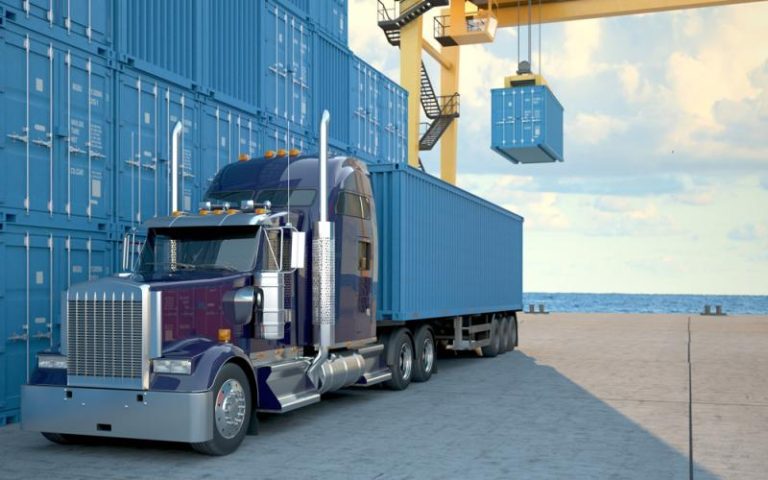The logistics and transportation industry is undergoing a rapid transformation, driven by technological advancements and changing market demands. Drayage, the critical link between ports, rail yards, and distribution centers, is no exception. In Winnipeg, a city that serves as a vital hub for transportation in Canada, drayage services are evolving to meet the needs of modern supply chains. This blog explores the future of drayage services in Winnipeg, highlighting key trends and innovations that are shaping the industry.
The Role of Drayage in Winnipeg’s Economy
Winnipeg’s strategic location at the center of North America makes it a crucial point for the movement of goods. The city’s access to major highways, rail networks, and air routes positions it as a key player in national and international trade. Drayage services, which involve the short-distance transportation of cargo, often between ports and rail terminals or between different modes of transport, are essential for ensuring the efficient flow of goods through Winnipeg.
As the demand for faster and more efficient logistics increases, the drayage industry in Winnipeg is poised for significant growth. However, this growth comes with challenges, including the need for more sustainable practices, technological integration, and adaptation to shifting market dynamics.
Key Trends Shaping the Future of Drayage Services in Winnipeg
1. Sustainability and Green Logistics
The push for sustainability is impacting every aspect of the logistics industry, including drayage. In Winnipeg, drayage companies are increasingly adopting eco-friendly practices to reduce their carbon footprint. This includes the use of fuel-efficient trucks, investment in electric and hybrid vehicles, and the implementation of route optimization technologies to minimize unnecessary mileage. As environmental regulations tighten and consumer demand for sustainable practices grows, Winnipeg’s drayage industry is likely to see a continued shift towards greener operations.
2. Technological Integration and Automation
Technology is revolutionizing the logistics industry, and drayage is no exception. The future of drayage services in Winnipeg will be heavily influenced by the integration of advanced technologies. Real-time tracking, GPS systems, and automated dispatching are becoming standard tools that enhance efficiency and transparency in drayage operations. Additionally, the use of data analytics and artificial intelligence (AI) allows companies to predict demand, optimize routes, and manage fleets more effectively, leading to reduced costs and improved service reliability.
3. Digitalization of Operations
The digital transformation of drayage services is another trend that is shaping the industry’s future. Digital platforms that connect shippers with drayage providers are streamlining the booking process and improving communication between all parties involved. These platforms offer real-time updates, simplify documentation, and provide valuable insights through data analysis. As digitalization continues to advance, Winnipeg’s drayage companies are likely to adopt these technologies to stay competitive and meet the evolving needs of their clients.
4. Intermodal Connectivity
Intermodal transportation, which involves the use of multiple modes of transport for a single shipment, is becoming increasingly popular as businesses seek to optimize their supply chains. Winnipeg’s position as a transportation hub makes it an ideal location for intermodal connectivity. Drayage services play a crucial role in facilitating the transfer of goods between rail, truck, and air transport. As intermodal logistics continue to grow, drayage companies in Winnipeg will need to enhance their capabilities to handle these complex and integrated operations.
5. Focus on Safety and Compliance
With the rise in regulatory requirements and safety standards, drayage companies in Winnipeg are placing a greater emphasis on compliance and safety. The future will likely see increased investment in driver training, safety technologies, and compliance management systems. These measures are essential for reducing accidents, ensuring the safety of goods, and maintaining the trust of clients and regulatory bodies.
Innovations Driving the Future of Drayage in Winnipeg
1. Autonomous Vehicles
The development of autonomous trucks holds significant potential for the drayage industry. While fully autonomous vehicles may still be a few years away from widespread adoption, the use of semi-autonomous technologies is already being explored. In Winnipeg, the introduction of autonomous vehicles could help address driver shortages, reduce labor costs, and increase operational efficiency.
2. Blockchain Technology
Blockchain technology is being touted as a game-changer for logistics, offering enhanced security, transparency, and efficiency in supply chain management. For drayage services, blockchain can provide a secure and tamper-proof record of shipments, reduce paperwork, and streamline transactions. As blockchain adoption grows, Winnipeg’s drayage industry may benefit from its ability to enhance trust and collaboration among stakeholders.
3. Electrification of Fleets
The shift towards electric vehicles (EVs) is gaining momentum in the logistics sector. Winnipeg’s drayage companies are beginning to explore the use of electric trucks as a way to reduce emissions and comply with environmental regulations. While the transition to fully electric fleets will take time, the adoption of EVs is expected to increase as technology improves and infrastructure expands.
Conclusion
The future of drayage services in Winnipeg is being shaped by a combination of technological advancements, sustainability initiatives, and evolving market demands. As the logistics industry continues to evolve, drayage companies in Winnipeg will need to adapt to these changes to remain competitive and meet the needs of their clients. By embracing innovations such as digitalization, automation, and sustainable practices, Winnipeg’s drayage industry is well-positioned to thrive in the years to come.
